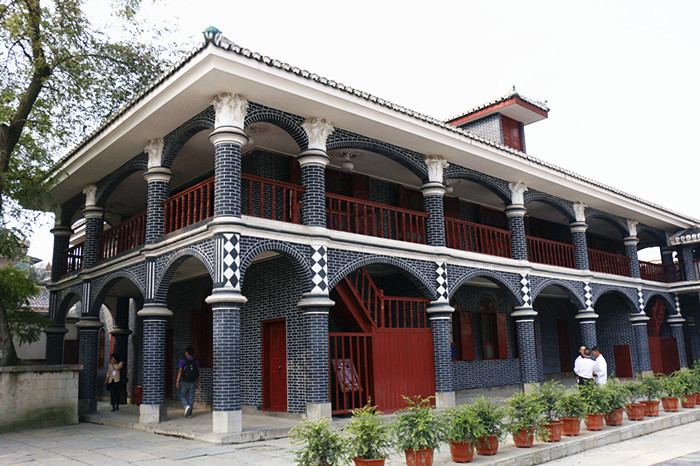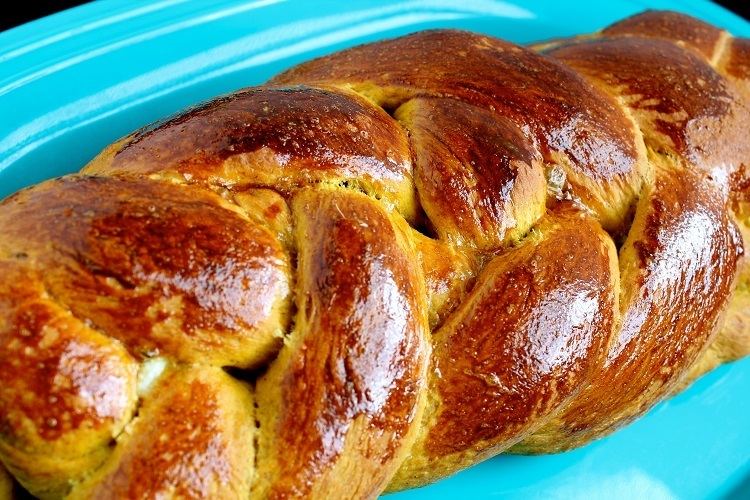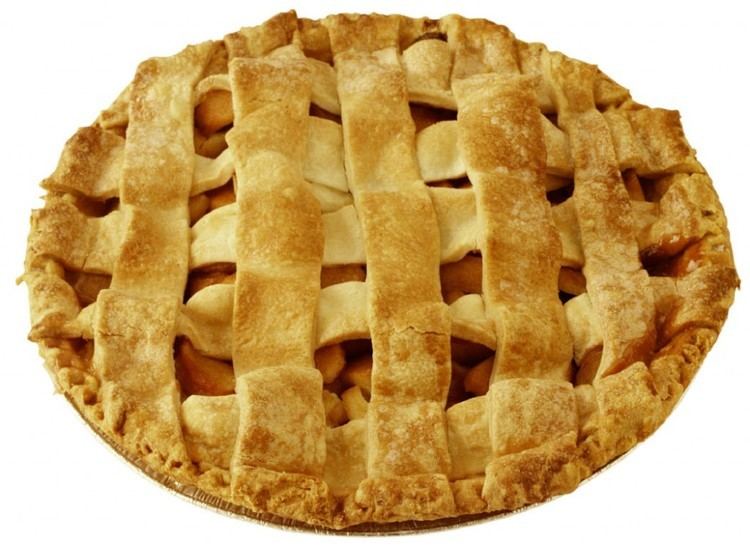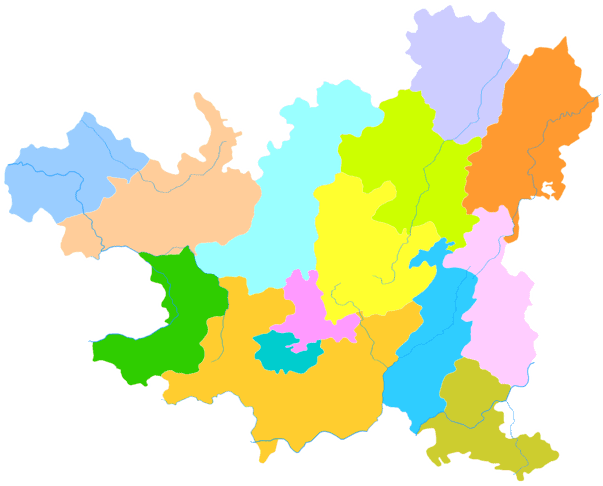Country China University Zunyi Medical College Area 30,763 km2 | ||
Zunyi (simplified Chinese: ; traditional Chinese: ; pinyin: ) is a prefecture-level city in northern Guizhou province, Peoples Republic of China, situated between the provincial capital Guiyang to the south and Chongqing to the north, also bordering Sichuan to the northwest. Along with Guiyang and Liupanshui, it is one of the most important cities of the province. The built-up (or metro) area made of two urban districts of the city, Huichuan and Honghuagang, had a population of 1,095,189 people, and the whole prefecture, including 14 county-level administration area as a whole, has a population of 6,127,009 at the 2010 census.
Contents
- Map of Zunyi
- Jin cheng hotel zunyi
- 1234 sights and sounds of zunyi china
- History
- Geography
- Economy
- Culture
- Culture of food and liquor
- References
Map of Zunyi
Jin cheng hotel zunyi
1234 sights and sounds of zunyi china
History

Zunyi is known for being the location where Mao Zedong was first elected to the leadership of the Communist Party of China during the Long March. After this famous Zunyi Conference, Mao Zedong and other two leaders formed a group to control the procedure of the Long March. Chinese tourists come to take photographs in the meeting hall where this historic election took place. This historical meeting hall once belonged to a local warlord and after being occupied by the Red Army served as the temporary headquarters.
Geography

Zunyi is located in northern Guizhou at an elevation of 865 m (2,838 ft); it is situated in the transition from the Yunnan-Guizhou Plateau to the Sichuan Basin and hill country of Hunan.

Zunyi has a four-season, monsoon-influenced humid subtropical climate (Koppen Cfa), slightly modified by elevation. It has fairly mild winters and hot, humid summers; close to 60% of the years 1,070 mm (42 in) of precipitation occurs from May to August. The monthly 24-hour average temperature ranges from 4.5 °C (40.1 °F) in January to 25.1 °C (77.2 °F) in July, while the annual mean is 15.33 °C (59.6 °F). Rain is common throughout the year, with 182 days annually precipitation, though it does not actually accumulate to much in winter, the cloudiest time of year; summer, in contrast, is the sunniest. With monthly percent possible sunshine ranging from around 9% in January and February to 45% in August, the city receives only 1,051 hours of bright sunshine annually; only a few locations in neighbouring Sichuan receive less sunshine on average.
Economy
Zunyi is the economic and commercial hub of the North Guizhou Province. The GDP of the city accounts for one quarter of the whole province among its 9 prefecture-level divisions.
Culture

Being known as the "home of culture" of Guizhou province, Zunyi, or the North-Guizhou area, is the education and Economics centre of the province.
Culture of food and liquor

Zunyi is known for being a place where Chinese leaders, including Deng Xiaoping, visited to enjoy its fiery hot local cuisine, including yangrou fen (spicy hot rice noodle soup with lamb and bean curd).
This is made with Lai fen, a kind of thick wide round rice noodle that is made locally (at a factory in the town of Gaoping), and is difficult to find elsewhere.
The rice liquor Maotai (Moutai) is produced in the town of Maotai in Renhuai. Another well-known local liquor is Dongjiu. The local beer Gaoyuan is quite delicious.
Liu Er Ma Mi Pi (????? Liu er ma mi pi): This snacking dish made with thick flat rice noodles is eaten by locals frequently as a light meal or to tide off hunger. The red oil sauce makes liberal use of Sichuan pepper giving it a distinctive numbing quality on the tongue. It also leaves a peculiar tickle in the back of the throat making it worth a try. Aside from the red oil sauce, it contains a few scraps of meat and preserved vegetables.
Yang Rou Fen (??? yang-rou fen): Unlike its Guiyang cousin, this rice noodle dish is made using strips of mutton. Owing to the tastes of locals, yangroufen only comes available in a spicy broth. Addition of extra chilis during the cooking process is optional and you will be asked whether you want it or not. Yangroufen is rich and filling and often eaten for breakfast in Zunyi. Many shops remain open 24 hours making it a popular midnight snack as well. Pickled cabbage and radishes are available in the large glass urns in every shop - just help yourself. This dish is representative of Zunyi people who have a love affair with mutton.
NOTE: Mutton in China - the character ? (yang) means both sheep and goat in Chinese. As a result, ?? (yang-rou) is usually translated as mutton. Most often in Guizhou at least, mutton refers to the meat of the ?? (shan-yang) which is a shaggy mountain goat raised for its hair and meat in the hills of the province.
Dou Hua Mian (??? douhua mian): Interestingly named, douhuamian literally means "Bean Flower Noodles." It consists of Douhua which is a type of semi-firm tofu served in a semi-clear soup, long flat wheat noodles and a separate bowl containing preserved meat, spices, oil, soy, vinegre and fresh mint leaves. To eat as the locals do, place the bowl with the noodles and tofu behind the smaller dipping bowl. Pull out some douhua or noodles, dip them liberally in the sauce and then consume. At the end of the meal, finish off the solids in the dip and drink the soup from the douhua.
It is said that the local mountain water accounts for the quality of these locally-brewed beverages, although pollution currently threatens the water of the Chishui River, from which Maotai is made.
